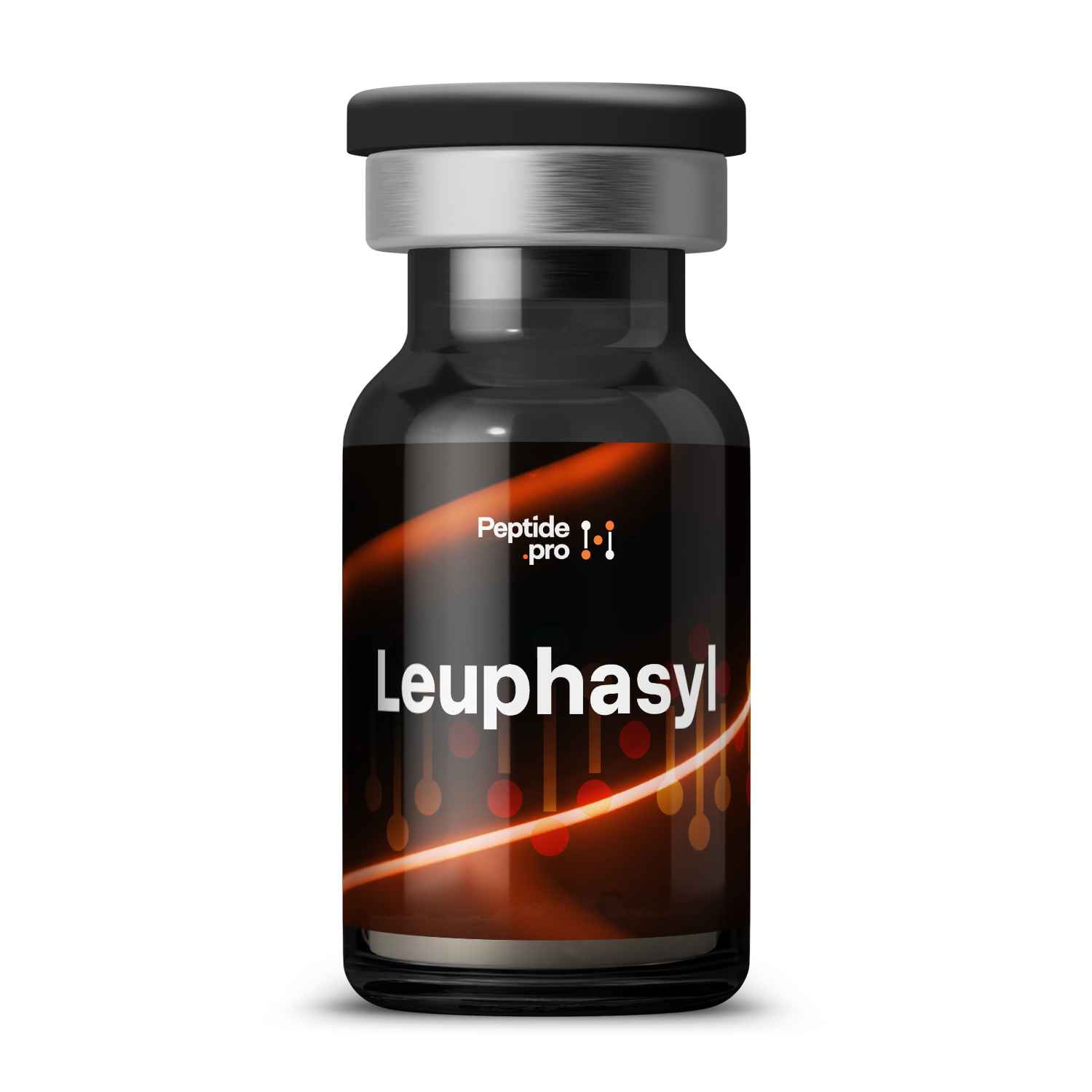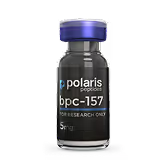Compound Overview
About the product
Leuphasyl’s sequence is H-Arg-Pro-Leu-Gly-NH₂, with C-terminal amidation to enhance stability. It contains only natural L-amino acids and no non-natural modifications. Research-grade material is synthesized by Fmoc solid-phase peptide synthesis and purified by HPLC to ≥98 % purity. Mass spectrometry confirms correct sequence and mass.
Leuphasyl binds to neuroreceptors in superficial skin muscle fibers, reducing calcium release and thereby lessening muscle contraction. It does not block neurotransmitter release entirely but reduces the intensity of micro-contractions that form expression lines. The peptide acts locally without systemic absorption. Effects in human skin models are observed after repeated topical application.
The peptide is studied primarily for its wrinkle-reducing effects in facial cosmetics. In human trials, Leuphasyl-containing creams decreased wrinkle depth and improved skin smoothness over four to six weeks of twice-daily use. It is often paired with other peptides (e.g., Argireline) for additive efficacy. Its non-invasive profile offers an alternative to injectable neuromodulators.
Reported adverse events are minimal, limited to occasional mild redness or tingling at the application site. No systemic toxicity or hormonal effects have been documented. Safety in pregnancy, lactation, and on compromised skin has not been formally studied. A patch test is recommended for sensitive or allergy-prone individuals.
Leuphasyl is produced by Fmoc solid-phase peptide synthesis on a resin support, coupling each amino acid sequentially. After cleavage, the crude peptide is purified by preparative HPLC to cosmetic-grade purity. Quality control uses mass spectrometry and analytical HPLC to verify sequence integrity and purity. Manufacturing follows cosmetic-industry good manufacturing practices.
Leuphasyl is approved as a cosmetic ingredient under regulations in the U.S., EU, and many other jurisdictions. It may be included in over-the-counter skin-care products at manufacturer-specified concentrations. It is not regulated as a pharmaceutical and may not carry therapeutic claims. Products must list it under its INCI name.
Cosmetic formulations typically contain 2–5 % Leuphasyl in serums or creams. Recommended application is twice daily to clean, dry skin. No standardized dosing guidelines exist beyond manufacturer instructions. Consistent use for at least four weeks is advised to assess visible effects.
- Do apply gently to areas of expression lines (forehead, around eyes).
- Do perform a patch test before first use.
- Don’t apply to broken or irritated skin.
- Don’t expect immediate results, allow several weeks for effects.
- Q: How soon will I see results?
- A: Improvements are typically reported after four to six weeks of twice-daily use.
- Q: Can it replace Botox?
- A: No; its effect is milder and develops more slowly than injectable neuromodulators.
- Q: Is it safe for all skin types?
- A: Generally yes, but sensitive individuals should patch-test first.
For research use only. Not approved for medical use.


